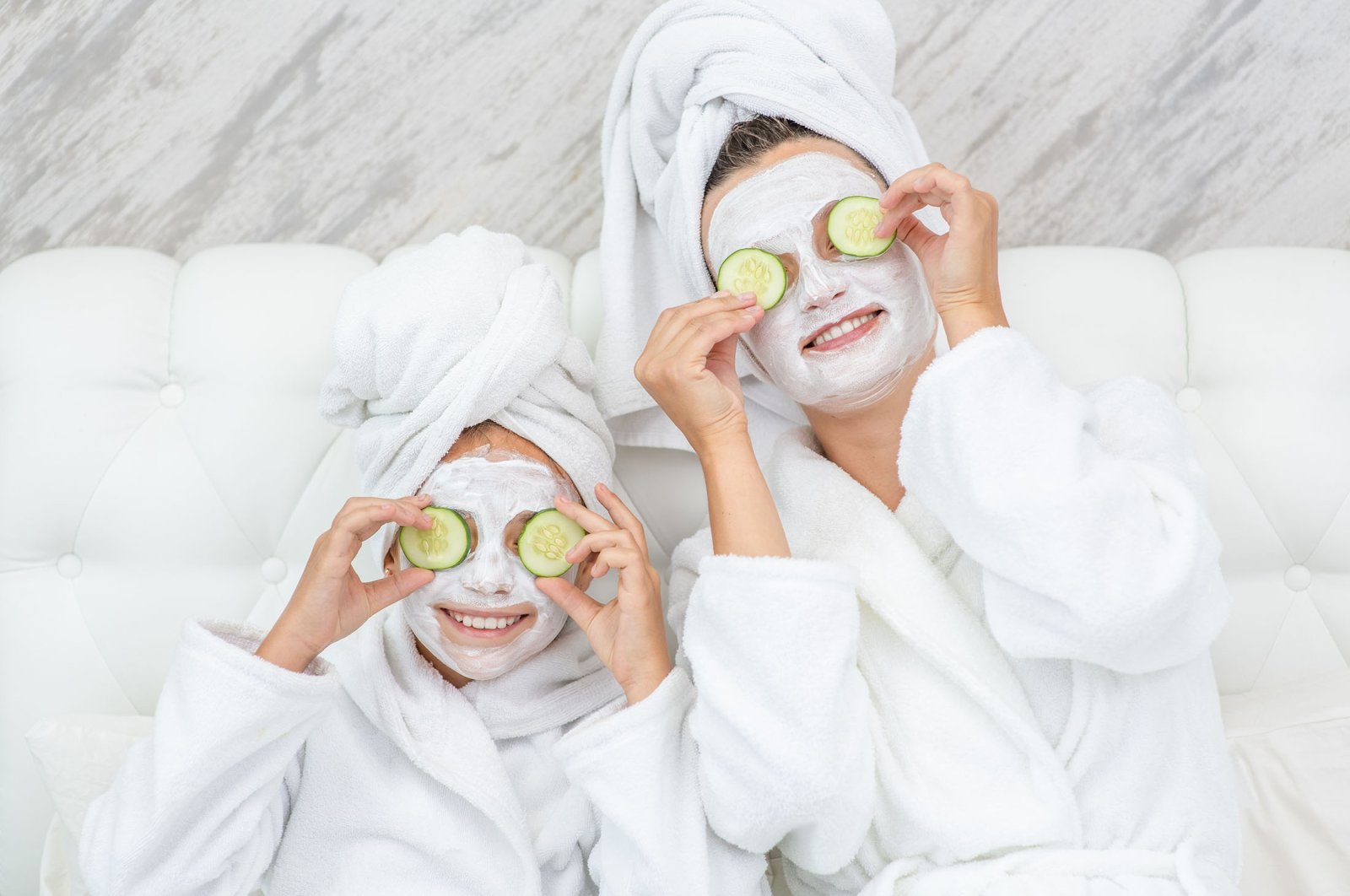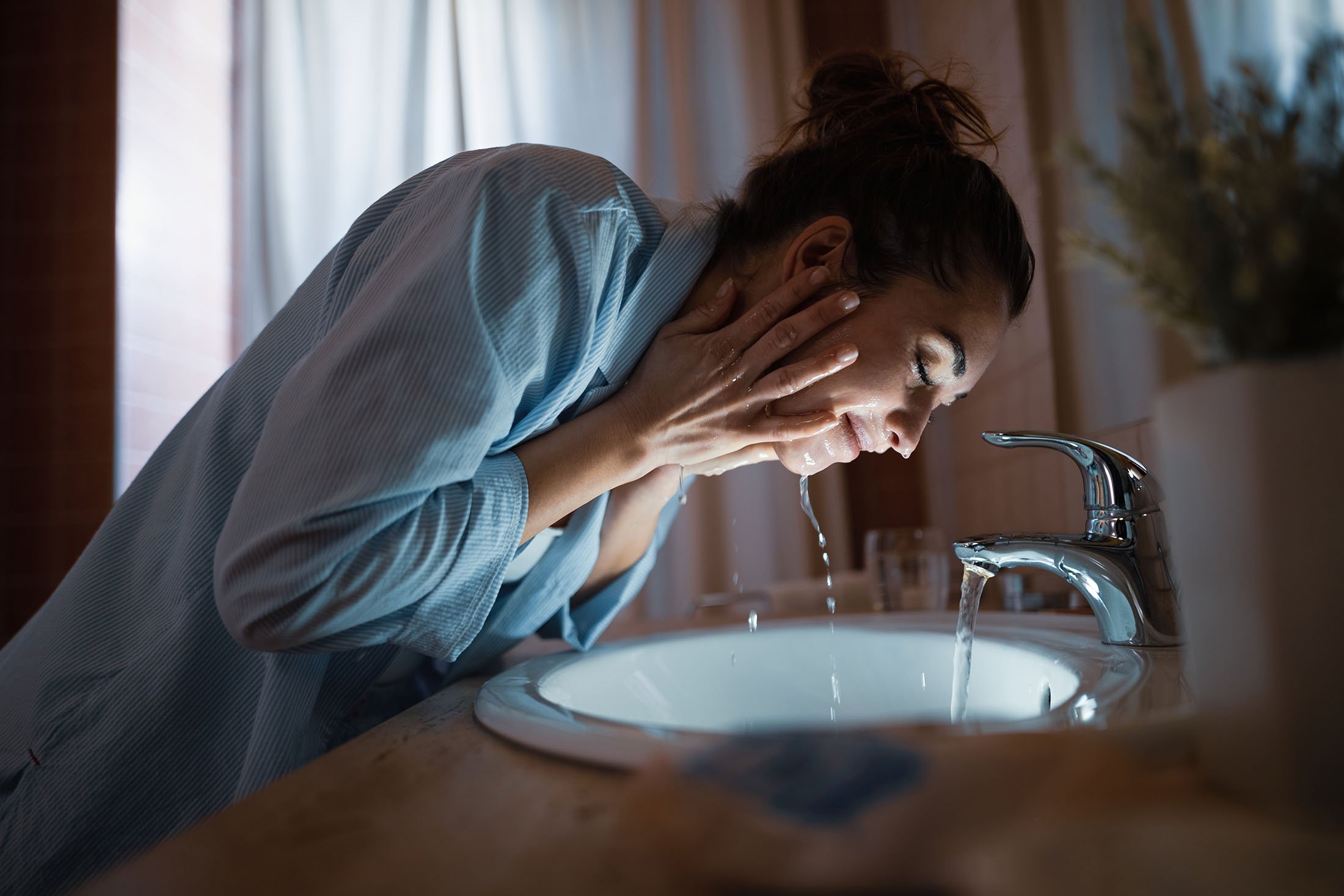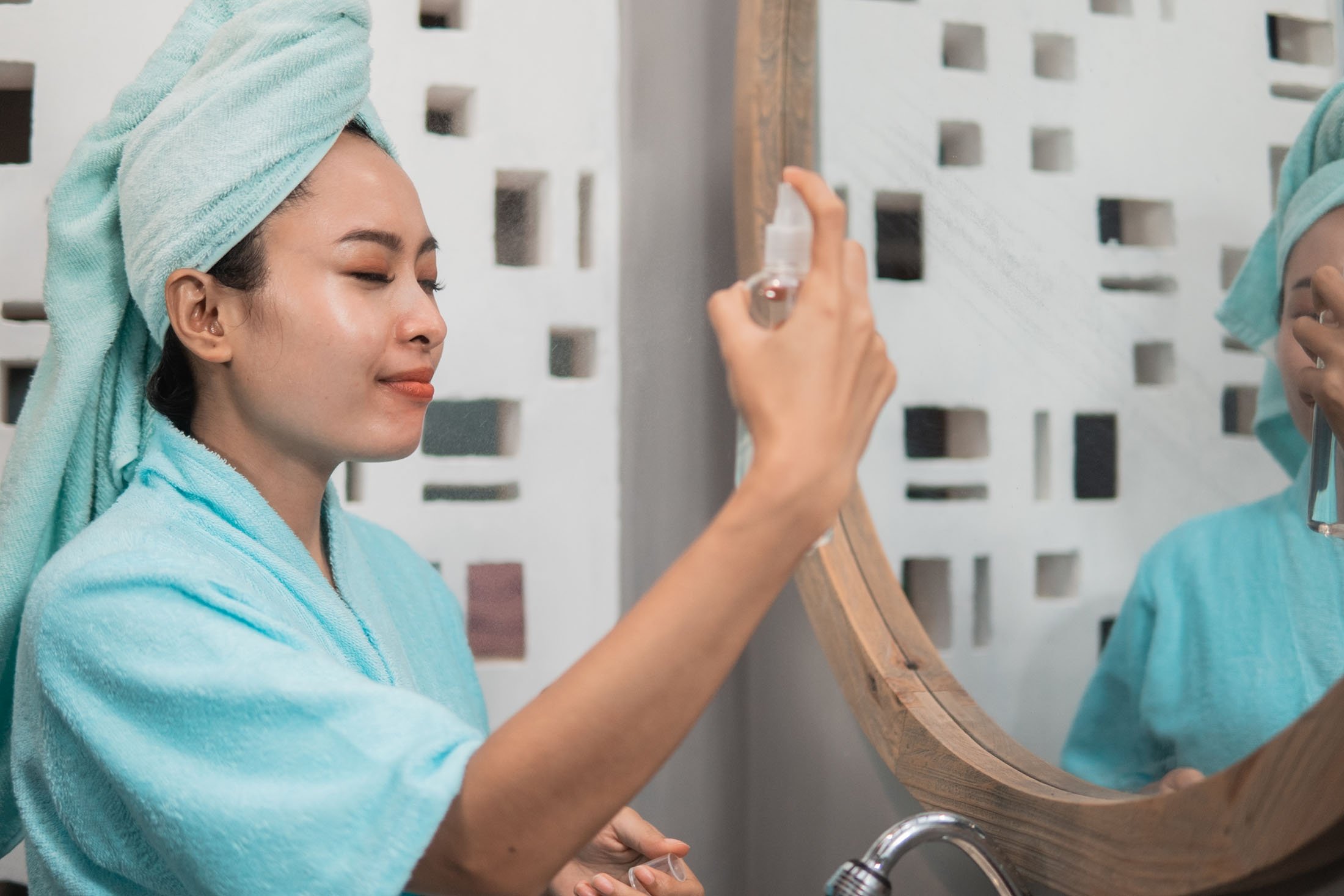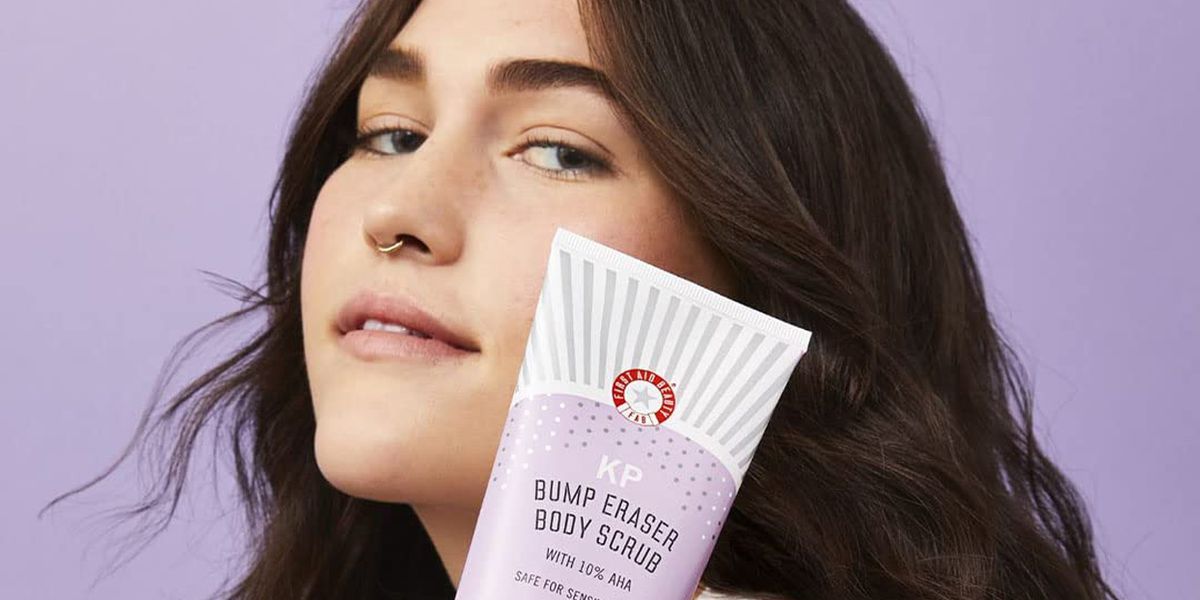
Chasing beauty: How to obtain, carefully maintain beautiful skin
What is beauty? The term “beautiful” can be ascribed to any visible, tangible object, face, taste or even smell. However, abstract concepts can also take on the adjective of beauty.
Ancient Greek philosopher Plotinus from the Hellenistic tradition had defined beauty as the radiance, the light of the divine mind mirrored in the material world, while 18th-century German philosopher Immanuel Kant – one of the central Enlightenment thinkers – emphasized the subjectivity of beauty and put forward that beauty was not just related to sensation but also was the result of one’s judgments.
As the tastes of societies change according to cultures and time, it has been thought impossible to talk about absolute and ideal beauty.
The characterization of a person as beautiful, whether it is a personal opinion or the common judgment of society, is often based on a combination of “inner beauty” such as personality, intelligence, elegance and charm and “outer beauty” such as health, youth, relevance to the average and prevalence, and of course, skin.
Today, I want to talk to you about one of the essential factors of “outer beauty”: Skin beauty.

Beautiful skin?
Having clean skin is the most elemental and essential part of having beautiful skin.
Skin problems are caused by the effects of nutrition, genetics and free radicals – unstable atoms that can damage cells, causing illness and aging.
Our priority should be to clean the remnants of free radicals, that is, external factors that damage our skin.
So, how do we do this?
There are various skin types that can be divided into four basic categories, namely oily, dry, combination – both oily and dry – and sensitive, and some also branch within themselves.
It is recommended that you find out your skin type by visiting a skin care professional.
The next step is to follow daily, weekly and monthly skin care routines.
You need to wash your skin every morning at the start of the day and before going to sleep at the end of the day, with products suitable for whatever skin type you have.
Of course, skin care is not just about washing your face, daily routines are required, like the steps that follow.
- Wash your skin with a washing product suitable for your skin type.
- Spray tonic suitable for your skin type and wait for it to dry.
- After the tonic dries, moisturize with a moisturizing cream suitable for your skin type.
- If your moisturizer does not contain Sun Protection Factor (SPF), be sure to apply sunscreen.
Apply these steps throughout the year, summer and winter alike.
Now, you are ready for a new day!
Follow the same steps in the evening, but obviously, you do not need to apply sunscreen.
Other than daily steps that need to be taken, there are also weekly routines that one should follow to ensure the best outcomes.
- Wash with a washing product suitable for your skin type.
- Spray tonic suitable for your skin type and wait for it to dry.
- Remove dead skin with a peel suitable for your skin type.
- Spray tonic suitable for your skin type and wait for it to dry.
- Make a mask suitable for your skin type and wash it off afterward.
- Spray tonic suitable for your skin type and wait for it to dry.
- Apply serum suitable for your skin type and wait for your skin to absorb.
- Moisturize your skin by massaging with a moisturizer suitable for your skin type.
Applying a toner after each treatment tightens your pores and prevents dirt from accumulating.
When it comes to a monthly skin care routine, you do need to get help from a specialist.
When you apply these routines regularly, the dead cells on your skin and the damage caused by external factors will disappear, and it will begin to repair and renew itself.
It will minimize acne problems and delay signs of aging.
Those with skin diseases or problematic skin should consult a doctor before applying!
And, of course, any products that are to be used should first pass a small allergy test. For this, apply a piece of the product to the inside of your wrist and wait for 5 to 10 minutes. If redness or itching occurs, do not use the product on your skin.
Ages and problems
At every stage of our lives, we face skin problems, old ones and new ones. From our youth to our old age, skin care never ends. So, it is beneficial to know what issues tend to arise at what stage, and what is important at what age.
In the adolescent stage, from ages zero to 20, the following can occur in the skin:
- Acne
- Pores
- Comedones (black spots)
- Cleaning and maintenance are very important at this stage.
In the youth stage, between the ages of 20 and 30, the following can be observed in the skin:
- At this stage, puberty-related problems have decreased and the skin type has begun to change.
- The first aging begins around the eyes towards the end of the 20s, the thinnest skin is around the eyes. For this reason, an eye cream should be used from the age of 25.
In the maturity stage, between the ages of 30 and 40, the following can be observed:
- The skin needs more vitamins and minerals.
- Collagen and elastin begin to deteriorate.
- Night cream should be started at this stage.
- Serum ampoule supplements produced for skin care are recommended.
In the maturity stage, between the ages of 40 and 50, the following can be observed about the skin:
- Fibers begin to deteriorate more.
- Hirsutism (excessive hair growth) begins at this stage.
- The skin begins to sag.
In the regression stage, between the ages of 50 and 60, the following can be observed about the skin:
- The spots on the skin get deeper.
- Aging and sunspots appear.
- Wrinkles become evident.
In the later years stage, from 60 upwards, it is recommended that you massage your skin to help it recover and apply serum ampoules.
Natural formulas
Finally, I would like to share with you formulas using natural ingredients that are suitable for all skin types that you can prepare yourself.
For black circles around the eyes you need;
- 1 tablespoon of coconut oil
- 10 drops of arnica oil
Melt the coconut oil in a bain-marie and add the arnica oil to it, and after it cools, use it around your eyes in the morning and evening.
For masks for spotted skin you need;
- 1 tablespoon of crushed fresh papaya fruit
- 1 teaspoon of argan oil
- 5 drops of geranium oil
- 3 drops of Italian helichrysum oil
- 1 drop of clary sage oil
Combine all ingredients and leave on the skin for 30 minutes before washing off. Repeat once a week.
For serum intended for acne marks you need;
- 10 milliliters of pomegranate oil
- 5 milliliters of wheat oil
- 5 milliliters of baobab oil
- 20 drops of Italian helichrysum oil
- 10 drops of myrtle oil
Combine all ingredients and leave and apply four to five drops every morning and evening on spots.
For peels intended for freshening the color of the skin you need;
- 1 teaspoon of ground rice
- 50 milliliters of yogurt
- 1 to 2 drops of lemon juice
Mix all ingredients and use as a peel in your weekly skin care routine.
For serum intended for use on wrinkles you need;
- 1 teaspoon of flaxseeds
- 1 teaspoon of chia seeds
Place the seeds in a tea glass of water in the evening and filter the mixture in the morning. The resulting gel is used as a serum for wrinkles.
That’s it for today.
Love yourself and your skin, and be sure to take care of the ones and things you love.








